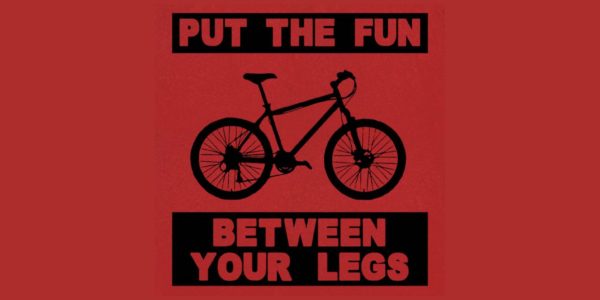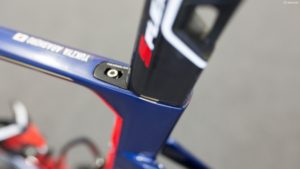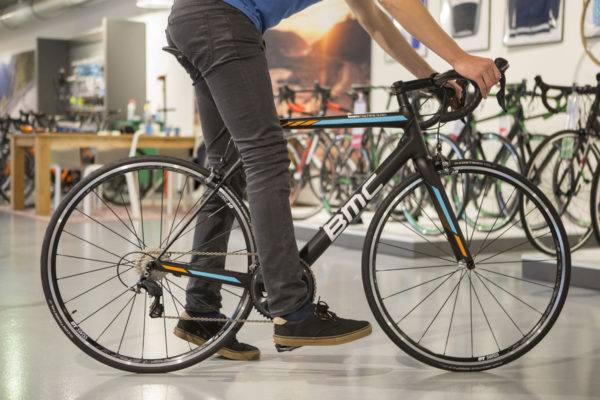Finding the right bike saddle height can be a bit of a process, but it’s the foundation of a good bike fit. Just imagine you’re Goldilocks, and have to go through the process of having it too hight, too low, and then just right. Once you find the perfect spot, you’ll want to mark it somehow. That way if it gets readjusted somehow (like your kid borrows your bike), then you can easily find the sweet spot again.

Why Bike Saddle Height Matters

Ensuring that your seat is at the right height will make a difference when it comes to how much power you transfer to the pedals, and how much energy you use to move forward. It also effects how comfortable you are on your bike, which simply results in being able to spend more time in the saddle. You’ll be able to ride longer and push yourself harder. Riding with the wrong bike saddle height will most likely result in pain and injury in the knees, lumbar vertebrae, and the ankles.
How to tell if your bike saddle height is too low
Riding with your seat too low is a common mistake for beginners, as it can be easier to get on and off that way. A saddle too low or too far forward can cause tendonitis of the patella or quadriceps, which will both show up as pain in the front of the knee. So, if you have pain in your kneecap after riding, you will want to try adjusting your saddle height and position.
Get someone to hold you steady on your bike, or balance yourself in a doorway. Hop on and get into pedalling position, while letting your legs dangle straight down. Pedal backwards until one leg is at it’s lowest point. Your heel should barely be able to touch at the bottom when your leg is fully extended. If you can easily reach make your saddle height higher.

How to tell if your bike saddle height is too high
A saddle that is too high will cause the hips to rock back and forth. Not only does this detract from pedalling efficiency, but it can also be extremely uncomfortable. Discomfort can show up in your lower back or as knee pain (especially in the back of the knee).
Have someone watch you ride from behind, whether out on the road or on a stationary trainer. The hip wobble should be easy for them to see, and you’ll want to bring your seat down a little. Or, if you bring your foot to the bottom of the pedal stroke, your heel should barely be able to touch at the bottom when your leg is fully extended (see photo above). If you can’t touch the pedal at all, then lower the seat.
When you get a new saddle
Generally speaking, most beginner cyclists set their bike seat position initially and then adapt to it, but that’s not the best option. This is particularly true when changing from one saddle to another. The differences in padding thickness and design can throw off your bike seat position drastically. Changing saddles should always include taking a good hard look at seatpost height.
If your new saddle is making you uncomfortable, don’t adapt to it before adjusting the seatpost to get your actual position exactly the same as the old one. Knowing how your seatpost is integrated with your saddle will allow you to change your position or saddle as needed to keep you the most comfortable on the bike.